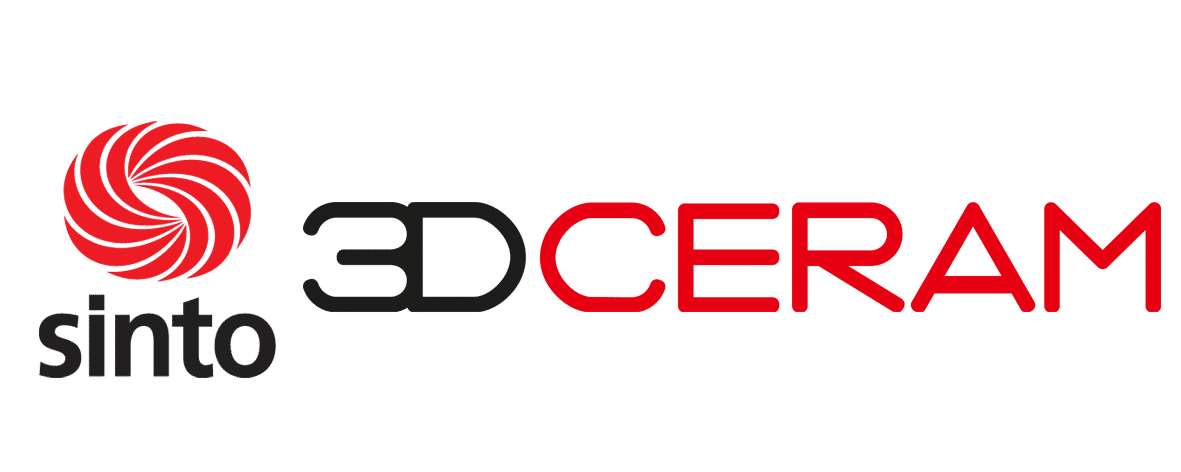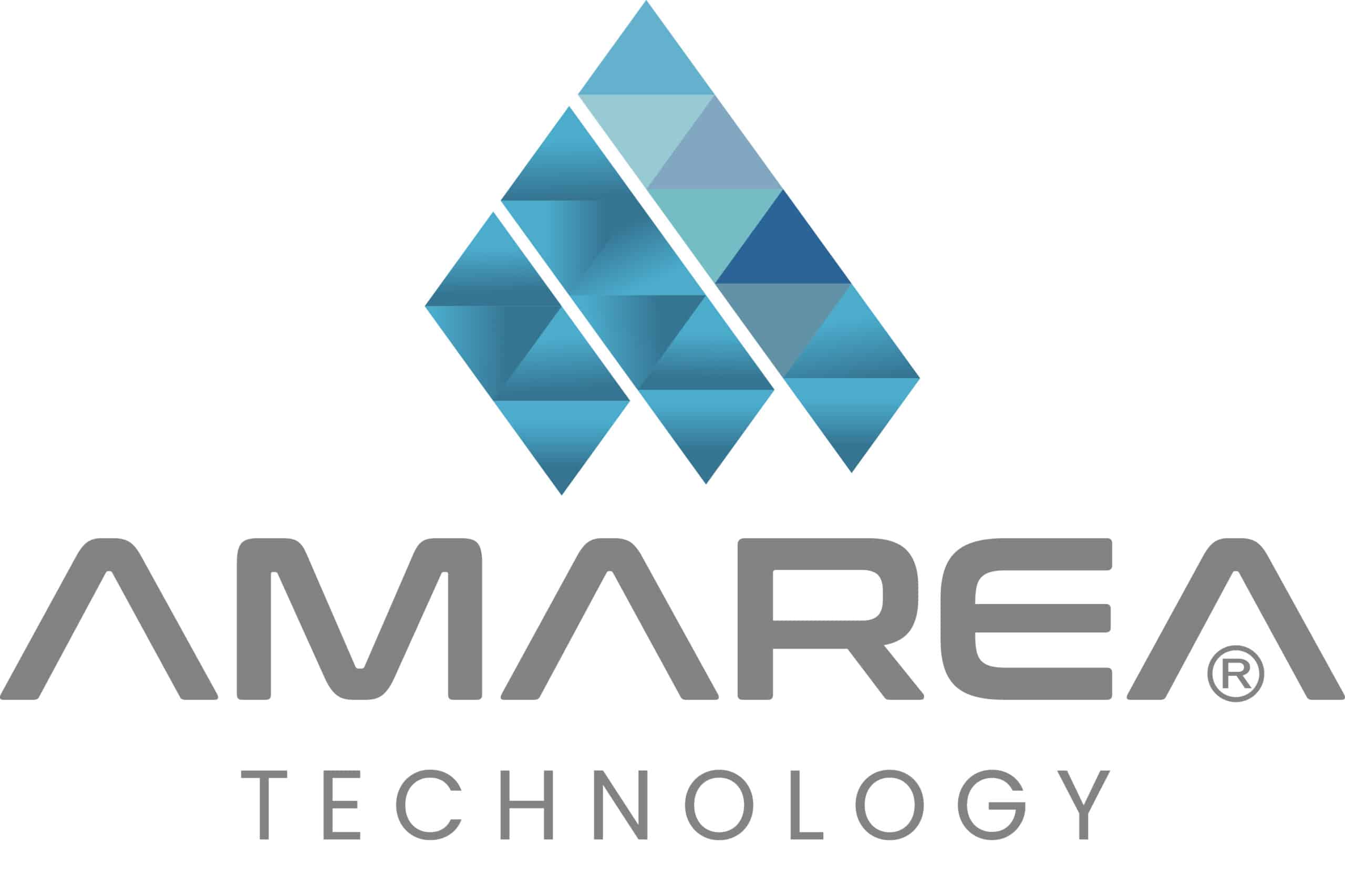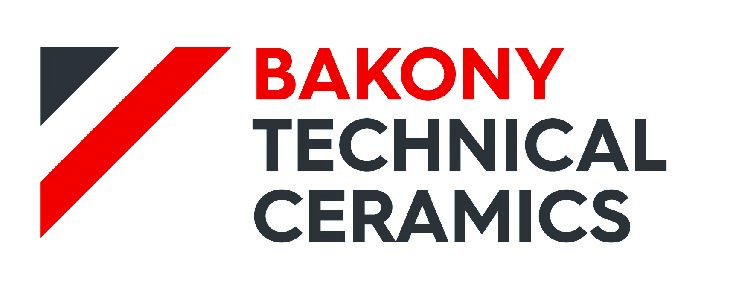Chemicals –
Pharmaceuticals
CHEMICALS – PHARMACEUTICALS // PRUSSIC ACID PRODUCTION// ALUMINIUM CHLORIDE PRODUCTION // REACTION CONTROL // MATERIAL SEPERATION // CONVEYING EQUIPMENT // PAINT PRODUCTION // TABLET PRODUCTION // LABORATORY
Machines and equipment in chemical and pharmaceutical process engineering are often exposed to high stresses caused by temperature, pressure, corrosion and abrasion. Owing to the constantly rising requirements for the efficiency of the processes, the most frequently used metallic materials in the area in contact with the products are often exposed to such high stresses that they only reach uneconomically short service lifetimes in operation. The result is cost-driving downtime of machines and equipment.
In such cases, ceramic materials on oxide and non-oxide basis are often a suitable alternative for the designers. In this connection, an exact knowledge of the application conditions is crucial for selection of the right material.
The thermal strength of dense-sintered, high-purity oxide ceramics generally reaches the region of 2000 °C. Non-oxide ceramic materials are less thermally resistant on account of the restriction of their oxidation stability in an oxygen-containing atmospheres. Depending on the type of material, oxidation reactions only become noticeable above 1500 °C, such reactions can be slowed down substantially or even prevented completely with the formation of passivation layer. In non-oxidizing environment, these materials withstand a type-dependent temperature level, which reaches in the region of 2000 °C.
An economically significant issue in chemical process engineering is corrosion resistance of the materials in apparatus and equipment engineering when these are in contact with different highly concentrated acid and basic aqueous solutions of varying purity. In this respect, oxide and non-oxide ceramic materials have proven effective components over decades, which, apart from few exceptions, have achieved extraordinarily long service lifetimes in use in contact with such media even under tough conditions in numerous applications.
The behaviour of the ceramic materials exposed to corrosive load is determined mainly by their chemical composition and their microstructure. They can reach high corrosion resistance especially when they are formed by means of solid phase sintering and therefore have only a low content of grain boundary phase.
The following explanation shows, based on the example of Al2O3 ceramic, a simplified model explaining the background to corrosion processes and some possibilities to limit these:
On closer examination, various types of corrosion can be identified. Providing the crystalline Al2O3 base material is resistant, the focus is on the phase found on the grain boundaries of the microstructure. This intercrystalline material has not dissolved at all or only to a limited extent in the Al2O3 crystal during sintering of the ceramic, or it has been deposited during cooling from the sintering temperature. The chemical composition of this grain boundary phase and its structural state (amorphous or crystalline) then determine the corrosion resistance of the ceramic, as, of course, it has a completely different composition than the base crystal. Its chemical properties may promote corrosion processes, but also slow them down, for example, as a result of the formation of corrosion-resistant reaction products.
In the former case, a corrosion front will develop over time, which as a result of the dissolution of the grain boundary phase and the fallout of individual crystallites from the crystallite bond can lead to its complete destruction.
Such intercrystalline corrosion processes can be influenced by at least two principal measures and can even be halted completely:
- Adaption of the chemical composition of the grain boundary phase to the corrosive conditions.
- Reduction of the crystallite sizes of microstructure and as a result interruption or at least lengthening of the corrosion paths.
With the use of materials with 99,9 % purity and more, such measures can be usually avoided. However, this is a route associated with high costs as already the prices of such raw materials are according to current levels at least ten times higher than the Al2O3 raw materials with at least 99,8 % purity produced in annual volumes of 100 000 t and more.
With the technical means available today, it is no longer an insurmountable hurdle to produce a tailored Al2O3 ceramic optimized to combat specific corrosive loads. Providing all components of the corrosion system with the data on concentrations, pressure and temperature are known, a thermodynamic study can already enable productive preliminary material selection.
This explanation can be roughly applied to non-oxide ceramic materials, too.
Both for material separation and for material synthesis, in different process stages oxide and non-oxide ceramic machines and plant components are used very successfully today in sometimes extremely aggressive conditions, which, as well as demanding chemical corrosion resistance from the materials at high temperatures, require a high mechanical and tribological loadability and often high thermal conductivity. Under such conditions, the use of ceramic components is sometimes the last resort, making economic operation of machine or plant possible in the first place.
Besides demanding resistance to the four types of load described in the introduction, the processing of active ingredients in the pharmaceuticals industry usually requires verification of suitability for direct contact with pharmaceutical products. In this field, both oxide and non-oxide materials can generally be used without any reservations. Many producers of oxide and non-oxide ceramics have obtained appropriate certification for the materials that they offer for such applications from the responsible regulatory authorities.







